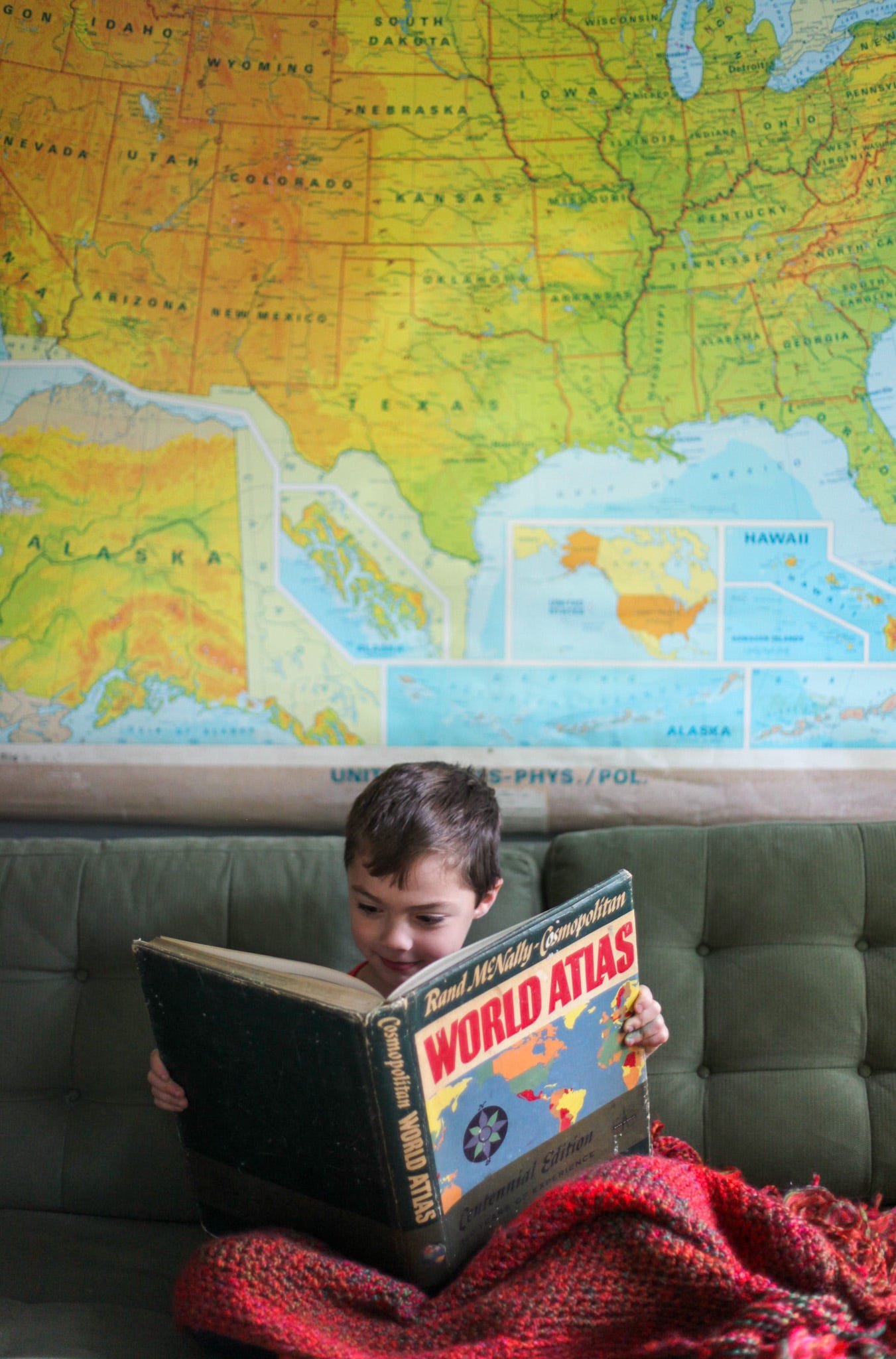Lesson plans and activities to help build a citizen of the world curriculum
There are so many excellent lesson plans that you can adapt to teach children about travel, culture, art, design, music, and food. I’ve highlighted a few ideas below that I like to do at home with my son and have used to incorporate culture, design, and art into our everyday lives.
When I got my Bachelor of Science in Early Childhood Education, one of my favorite aspects was creating lesson plans for my students. It allowed me to explore my ideas for teaching my students. Allow this time to think of everything you never learned but wish you had and apply that to your children’s lives from home. Whether your child is in a traditional educational environment or homeschooled, it doesn’t matter. All children benefit from guided lessons that bring culture, art, and design.
When planning your lessons, build from the following format: Topic, Objective, and Goals of the plan, Supply List, Guided Instruction, Guided Activity, and a Follow-Up Reading List. This format gets you started on creating lessons stemming from an idea with your children. Even just incorporating one lesson into a rainy weekend will kickstart creating a culture-filled environment at home. You probably have most of the supplies already, so it won’t require much extra work.
Topic:
Travel The World From Home
*This is an ongoing lesson, with the supplies of choice changing depending on the country you are “visiting.”
The objective of the lesson:
To foster a broader understanding of the World around us through tangible tools.
Teaching goals of the plan:
Geography
Social Studies
Music
Visual Arts
Architecture
Design
Language Arts
Activity:
Create a pretend passport for all the countries you want to study with your child. Using poster board for the cover and paper cut to size, make a small book, then draw two to four boxes per sheet. When you complete a new country curriculum, the children will get a stamp or a sticker. Fill a box with items from a particular country. Include currency, a small country flag, images of musical instruments, homes, traditional clothing, and landmarks. Find toy animals from that country and folktales. Include famous art from the location. Anything that you can think of that would represent the country in the best way. Have children compare and contrast the foods. Listen to music from that country. Watch movies based in the country you are studying.
This is an open-ended lesson plan.
Supplies:
For the passport:
Posterboard
Copy paper
Crayons
Markers
Ink pad
Stamp
Stickers
Scissors
Photo of child
Glue
Stapler
For the box:
A shoebox or other small box
Felt
Scissors
Glue
Wiggly eyes
Popsicle Sticks
Musical instruments (or a photo of some)
Snacks from that country, from the international market, or ordered online)
Toy animals
Folktales (found online or from a book checked out at the library)
Pictures of landmarks, homes, and famous artwork
Map
Flashcards with several simple words from the country
Small country flag
Reading List:
Include books that are from the country you are studying. These enriching books could entice your child by being based in that country or representing an author's work from that country. Again, this is open-ended and a great way to incorporate your local librarian into the unit.
Eight More Ideas To Incorporate Into Your Citizen Of The World Curriculum
1. Letter Writing with Pen Pals: Contact a school in another country to find a class to work with for a pen pal campaign.
2. Make paper dolls from around the World.
3. Pick one artist to study and have your child do a whole lesson on the artist, learning their techniques, home design, clothing choices, etc. For example, Frida Kahlo for Mexico.
4. Travel the World through books. Follow the path of the globe, reading books in order of each country. At each “stop,” talk about navigation and each country.
5. Host a mini film festival for friends, showing foreign films for kids, complete with snacks and drinks from different countries.
6. Make different ice creams from around the World.
7. Study global weather patterns, different types of weather terms, and the locations of various events, such as monsoons, tsunamis, earthquakes, etc…
8. LEGO structure study. Have children build structures, monuments, and landmarks from around the World out of LEGOS.
One last thing I love to do around our house is keep a World Atlas or Globe out for Tom to use and freely explore. When a question arises or someone mentions a place we haven't studied in a TV show we are watching, I use this opportunity to pull out the atlas or spin the globe and talk about the new place. He’s naturally learning geography.
Happy travels! - Erin




